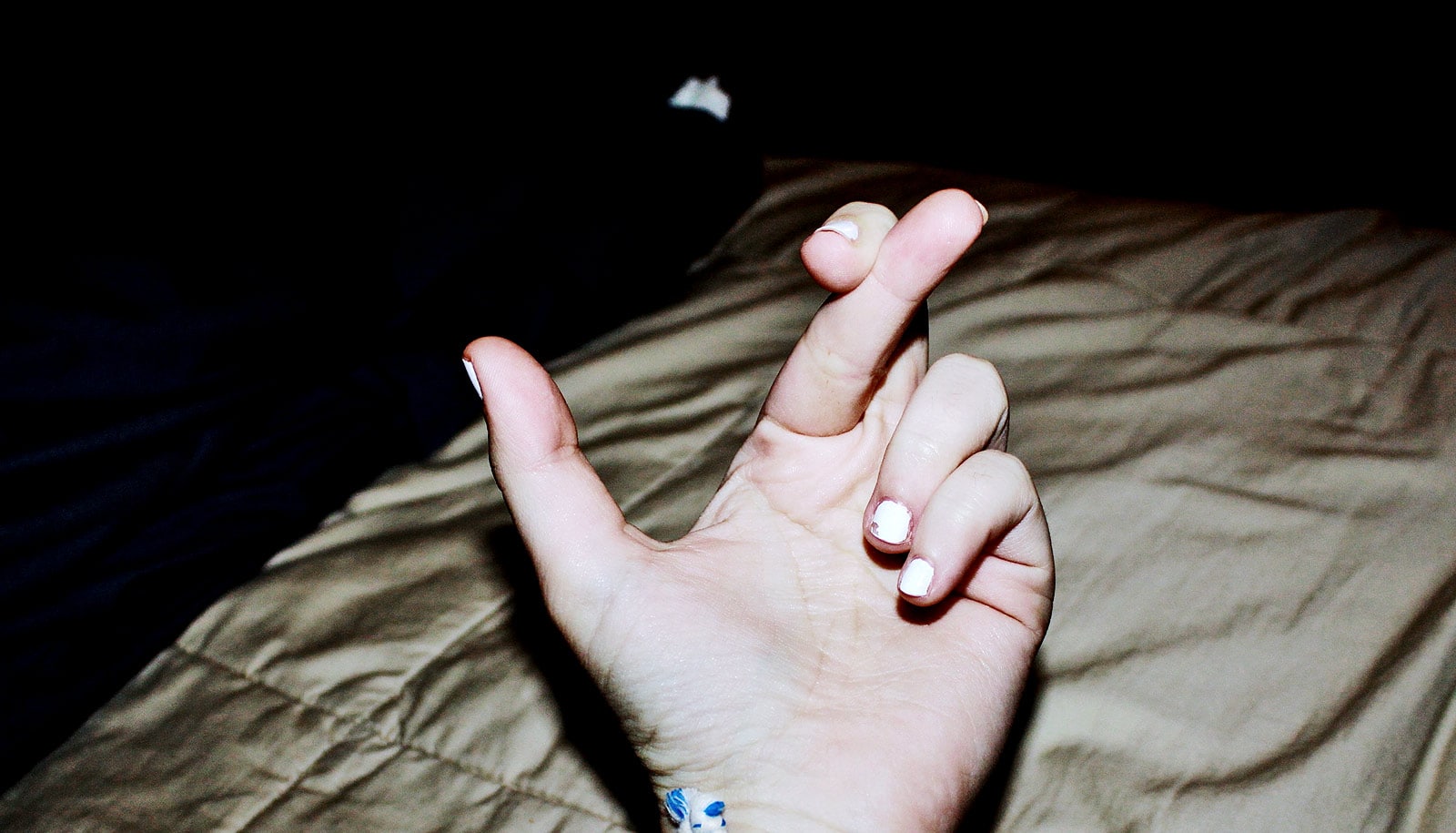While there is no clear visual signal to show someone is lying, new research suggests there’s often something in people’s behavior that could settle the uncertainty.
The findings suggest that lie detection is a process often initiated by non-verbal clues, rather than a moment, determined by non-verbal communication.
“The only way to ever know someone is lying for certain is with unimpeachable, corroborating evidence. And non-verbals can start that process.”
“There is no Pinocchio response,” says Mark Frank, a professor in the University at Buffalo communication department. Frank is an expert in non-verbal communication and deception who has worked with many federal law enforcement and intelligence agencies, including the FBI and the CIA. “There is nothing like that in a human being. You cannot prove a lie by looking just at behavior.”
The key is understanding the utility of non-verbal clues, the “hot spots” as Frank calls them.
“Someone can shrug their shoulders or touch their nose, but there are always other reasons they might be nervous or showing these signs,” says Frank. “There’s nothing concrete, but these behavioral issues can alert you because while they’re correlated with deception, they do not prove deception.
“The only way to ever know someone is lying for certain is with unimpeachable, corroborating evidence. And non-verbals can start that process.”
Frank’s study is a response to previous research that suggested non-verbal communication was not useful in detecting lies in the real world.
“Our problem with that research was use of the word, ‘discover,’ which connotes hard evidence at the expense of the process needed to uncover it,” says Frank.
“When we say, ‘The archaeologist discovered bones underground,’ you imagine the archaeologist has bones. But when we say, ‘The archaeologist suspected bones underground,’ you imagine the possibility of bones, but the archaeologist doesn’t have them yet.”
In two separate experiments with about 150 participants in each group, Frank and colleagues asked some people how they “discovered” a lie in their lives and asked others how they “suspected” a lie.
“When we say ‘discover’ we found the same pattern as the other paper, that hard evidence betrayed the lie, with little contribution from non-verbals,” he says. “When we say ‘suspect,’ non-verbal communication was the No. 1 factor that triggered the search for hard evidence. It almost flipped the results of the previous research.”
Frank says pop culture can exaggerate the meaning of non-verbal communication, but with lower expectations and an understanding of how to apply non-verbals people can at least know when perhaps to probe.
Older kids know lying isn’t always 100% bad
“When training law enforcement officers I tell them that behaviors that don’t fit the situation are not necessarily lies; they’re ‘hot spots,’ that can tell you to begin searching for more information.
“Sometimes you’ll find out the person was lying, and other times you won’t, but you’ll never be wrong because you used a non-verbal clue as an alert to look further and simply gather more information, rather than as a determination of truthfulness.”
Additional researchers are from Michigan State University and the University at Buffalo.
Source: University at Buffalo



